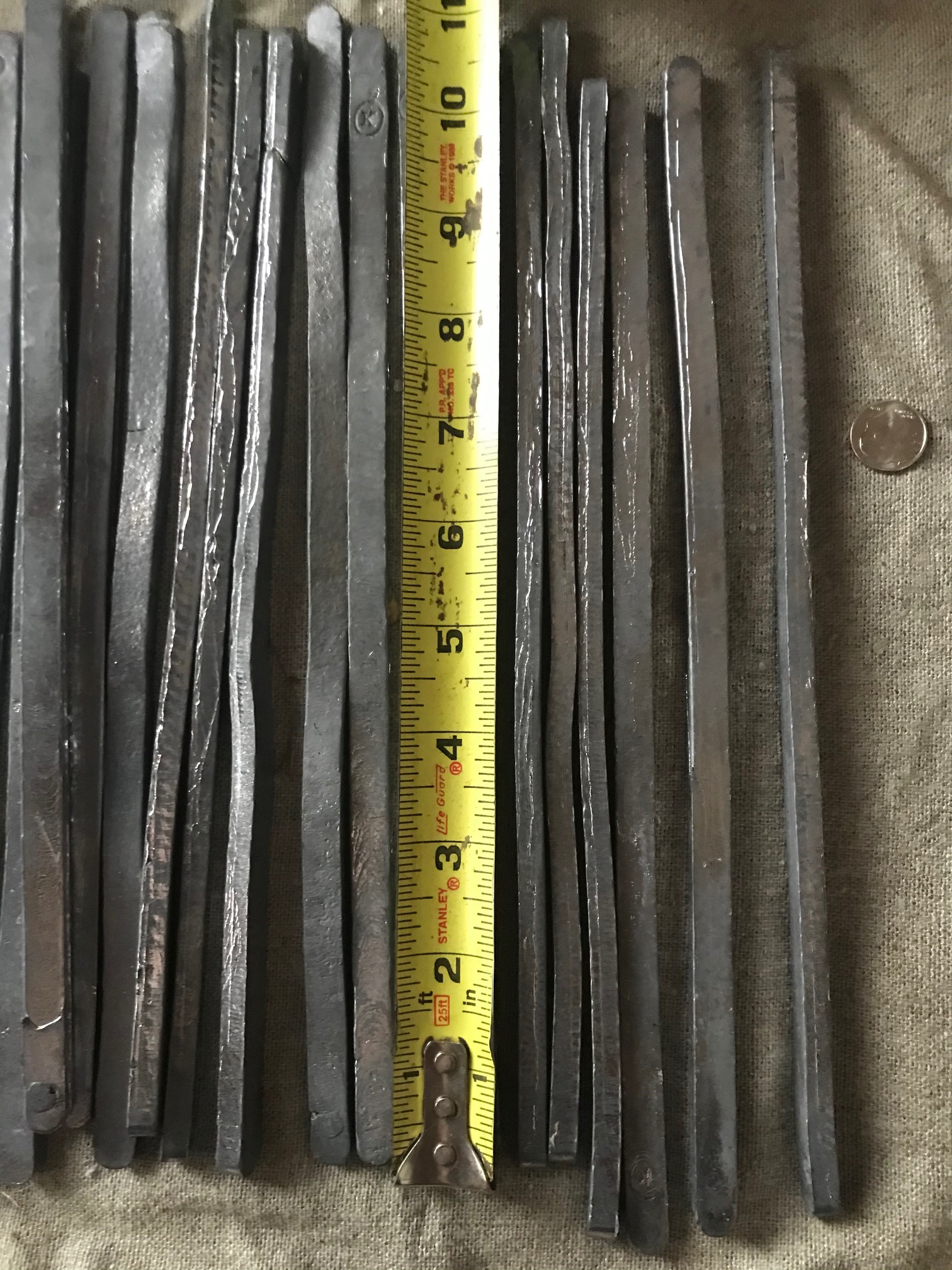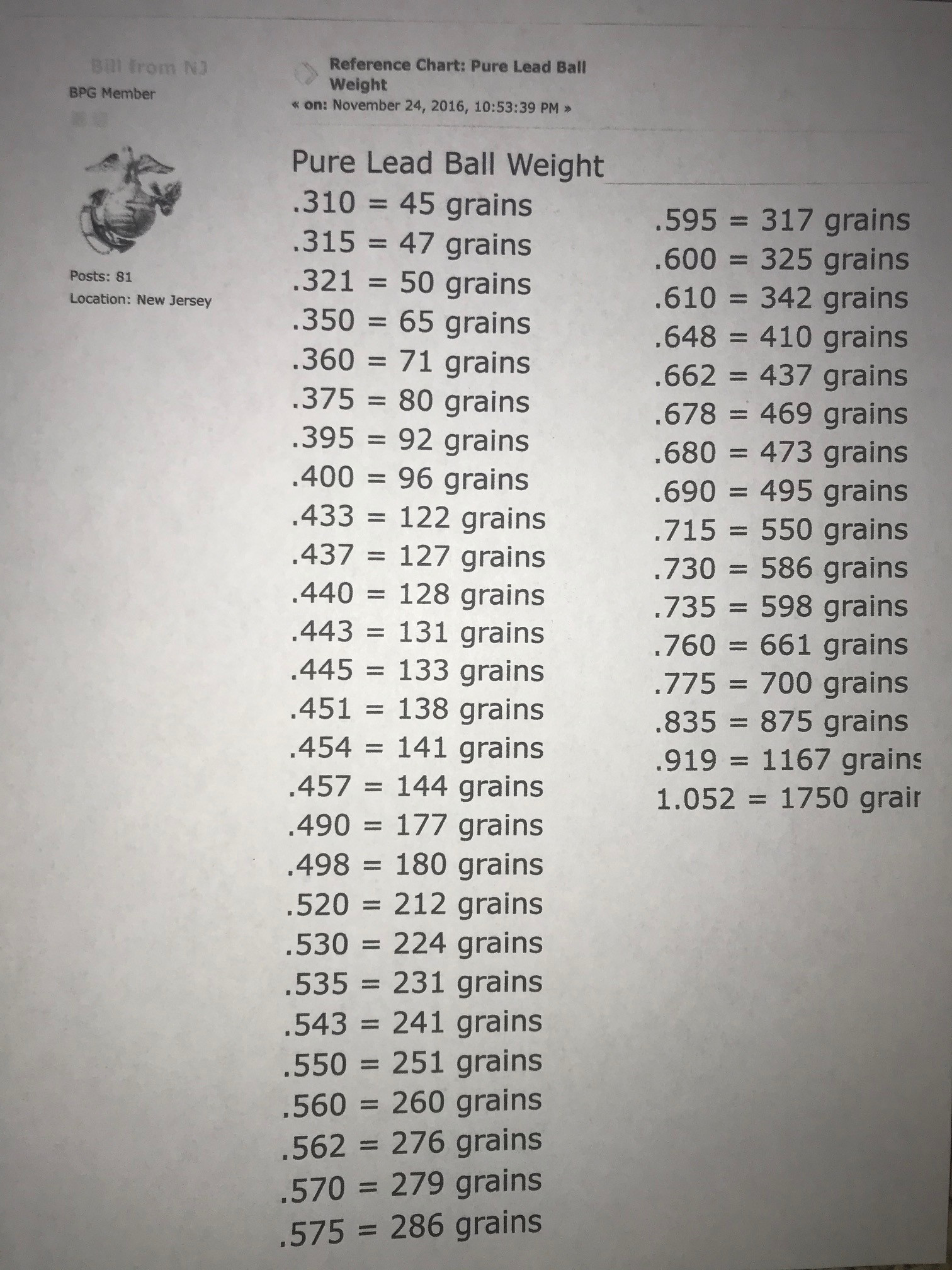eggwelder
40 Cal.
- Joined
- May 26, 2015
- Messages
- 936
- Reaction score
- 338
I did exactly the same thing when i was younger, i think i`ll do this again.I have, a smaller version. I gouged out a trench in a piece of wood with a chisel, it worked very well.
View attachment 54793
Spence








